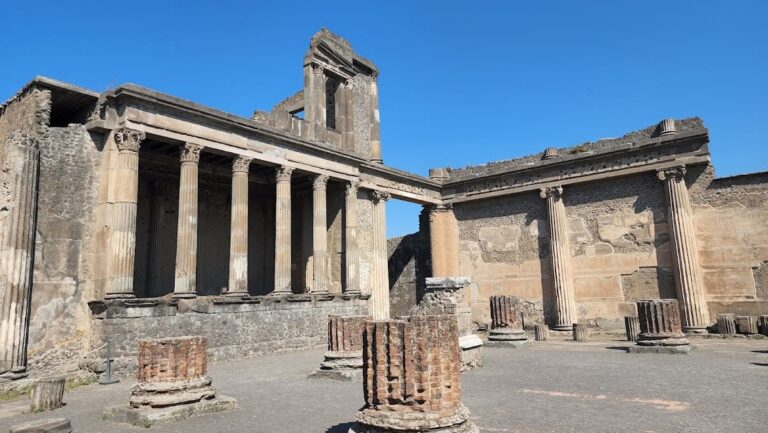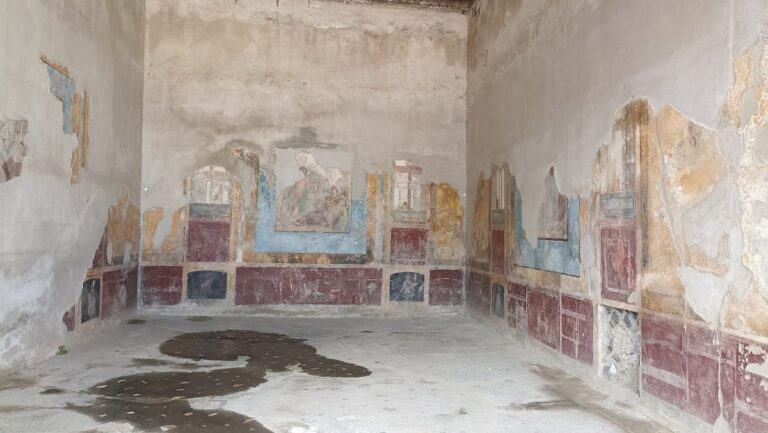Castle Doria: A Historic Fortress and Residence in Angri, Italy
Visitor Information
Google Rating: 4.4
Popularity: Low
Google Maps: View on Google Maps
Official Website: castello-doria.infoitaly.top
Country: Italy
Civilization: Medieval European
Remains: Military
History
Castle Doria stands in Angri, Italy, a structure originally established by Roman builders, as suggested by its oldest components. The earliest known records date back to the late 13th century when King Charles II of Naples granted the fortress to Pietro De Braheriis in 1290. During the subsequent conflict over control of the Kingdom of Naples, the castle became a contested military site. It endured multiple sieges, notably one led by the condottiero Forte Braccio da Montone, who set fire to the castle’s principal tower.
In the 17th century, the noble Doria family acquired the Angri fiefdom, purchasing it for 40,100 ducats. Marcantonio Doria undertook a significant transformation of the castle during this period, converting the medieval fortress into an elegant princely residence. He removed the imposing heavy fortifications typical of earlier times and redesigned the structure to align with the height of the main circular tower. Surrounding the castle, a landscaped park was created, featuring ornate flowerbeds and ancient trees, reflecting a shift from military to residential and aesthetic purposes.
By the early 20th century, the Doria family sold the property to the municipality of Angri. The local administration repurposed the castle to serve civic functions, becoming both the town hall and a prison. The adjacent park was opened for public use, and the castle courtyard accommodated a memorial honoring war casualties. The building remained central to the town’s administrative life until it suffered structural damage during the 1980 Irpinia earthquake. After restoration concluded in 1984, the castle resumed its role as the seat of municipal government. Most recently, a thorough renovation took place from 2018 to 2022, with ongoing efforts aiming to convert the entire complex into a public city museum.
Remains
Castle Doria is set within a moat and divided into three main sections that once balanced defensive and residential functions. The oldest element is the large circular main tower, known as the mastio, reflecting Roman construction techniques. It is built using a mix of soft and hard volcanic tuff, terracotta fragments, flint, and a local material called sarnide. Its robust form and materials suggest a strategic and enduring design typical of early fortified structures. Although it underwent damage during sieges, including a historical fire, it remains a central feature of the castle today.
The castle complex contains two towers and an entrance courtyard connected by a grand staircase fashioned in the 18th century, which provides access to the noble floors. The façade of the main circular tower is crowned with battlements topped by merlons, the upright sections of a battlement that offered protection to defenders. From the cloister, visitors can reach several historically functional areas: the Castri hall, the Lord of the Land’s hall, the quarters of the castle governor, and former prison cells, reflecting the castle’s layered administrative uses over centuries.
The cloister itself was adapted into an extensive atrium, enclosed by an iron gate bearing the distinctive eagle emblem of the Doria family, symbolizing their ownership and legacy. From this atrium, a staircase with wings that open like those of a falcon ascends to the mastio and the noble floor, blending defensive tradition with architectural elegance. The 18th-century addition known as the Doria palace within the castle grounds was designed by architect Antonio Francesconi, embodying neoclassical style. The entrance decoration includes neoclassical elements and centers on an artificial hill featuring a grotto, which adds to the refined, princely character of the residence.
Surrounding the castle is a park arranged with elaborate flowerbeds and centuries-old trees, established during the Doria family’s 17th-century restoration. This green space was later transformed into a public villa, preserving its landscaped form. Collectively, these archaeological and architectural components illustrate the evolution of Castle Doria from a Roman-built fortress to a noble residence and finally to a civic monument.










